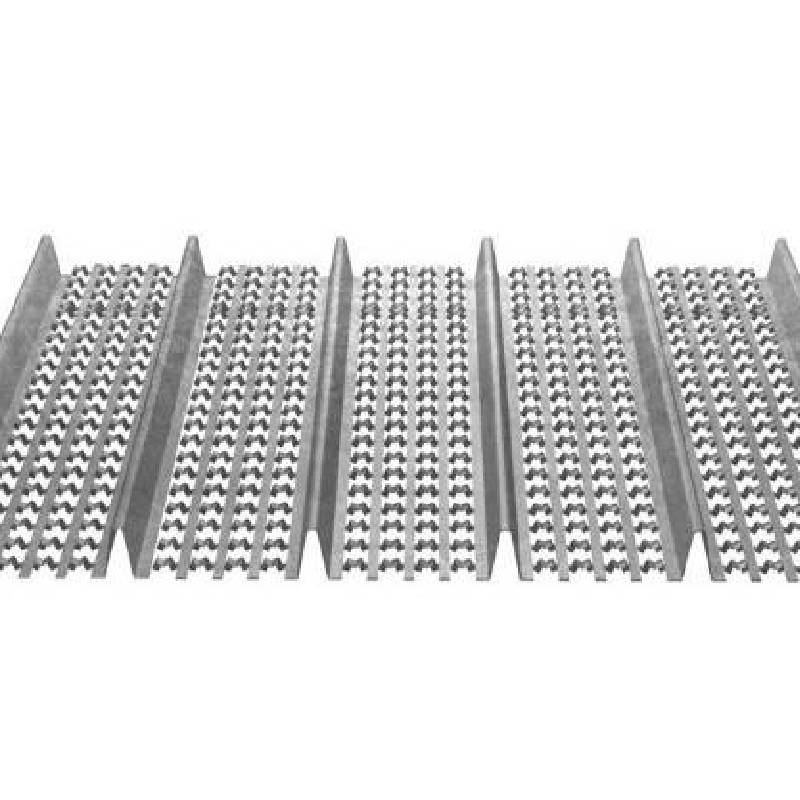
- Mobile Phone
- +8613931874955
- sales@cntcmetal.com
wire wall ties
Understanding Wire Wall Ties A Key Component in Masonry Construction
In the realm of construction, especially in masonry, the integrity and stability of structures are paramount. One of the often-overlooked components that plays a critical role in this aspect is the wire wall tie. These small yet significant elements are essential in creating durable and resilient buildings, ensuring that brick or block walls are securely attached to structural braces and frameworks.
What Are Wire Wall Ties?
Wire wall ties, also known as masonry ties, are typically made from galvanized steel, stainless steel, or other corrosion-resistant materials. They serve the fundamental purpose of connecting two separate wall sections — typically the outer brick or block wall to the inner structural backing, which could be made of concrete or another material. The use of wall ties helps to maintain wall alignment and enhance their load-bearing capacity.
The Importance of Wall Ties
The necessity of wall ties in masonry construction cannot be overstated. When subjected to environmental factors such as wind, thermal expansion, and seismic activity, walls can undergo flexural and tension stresses. Wire wall ties provide the essential tensile strength that helps walls resist these forces. They also play a vital role in preventing wall failures by ensuring that the structure behaves as a cohesive unit rather than as separate elements that might move independently.
The proper spacing and installation of wire wall ties are crucial. Building codes generally specify the frequency and placement of these ties based on the height and type of building. Correct installation ensures that walls can adequately support loads and withstand environmental stresses without compromising structural integrity.
Types of Wire Wall Ties
There are several types of wire wall ties designed for various applications. The most common types include
1. Loop Ties These are simple wire ties that consist of a loop at one end. They are often used in standard cavity wall construction.
2. Double and Single Ties Double ties have two connecting points, providing more stability, whereas single ties are often used for lighter applications.
wire wall ties

3. Ladder Ties Featuring a ladder-like structure, these ties provide great lateral stability and are commonly used in taller structures where movement is expected.
4. Brick and Block Ties These are specifically designed to tie bricks or blocks to one another or to the backing wall. They come in various shapes and sizes depending on the construction requirements.
Benefits of Wire Wall Ties
The benefits of using wire wall ties extend beyond structural stability. They enhance the overall longevity of buildings by reducing risks associated with water infiltration, which can lead to mold and rot in less protected structures. By securing wall sections together, wire ties also enable the distribution of loads evenly across the walls, minimizing stress points that might otherwise lead to cracking or failure.
Additionally, the use of wire wall ties contributes to energy efficiency. Well-tied walls with proper insulation can effectively reduce the transfer of heat or cold, thereby improving a building's energy performance and reducing heating and cooling costs.
Installation Considerations
When installing wire wall ties, several factors must be considered to ensure effectiveness. The material choice should reflect the environment in which the building is located. For example, coastal areas with high levels of moisture may require stainless steel ties due to their resistance to corrosion.
Moreover, professional installation is critical. Misplaced or poorly installed wall ties can lead to structural weaknesses and increased maintenance costs in the long run. Therefore, it’s essential that builders and contractors adhere to local building regulations and industry standards when utilizing wire wall ties.
Conclusion
Wire wall ties may be small components in the grand scheme of construction, but their role is fundamental to the safety and longevity of masonry structures. By connecting different wall elements and providing crucial strength and stability, these ties help ensure that buildings can withstand the test of time and environmental pressures. As the construction industry continues to evolve, the importance of these simple, yet effective elements remains a cornerstone of reliable masonry construction, illustrating that sometimes, it's the small details that make the biggest difference.
share:
-
Understanding Wall Ties: Types and ImportanceNewsApr.28,2025
-
Top Products for Your Yard and Signage NeedsNewsApr.28,2025
-
The World of SpringsNewsApr.28,2025
-
Masonry Accessories: Essential for Building Strong FoundationsNewsApr.28,2025
-
Fencing Solutions for Every NeedNewsApr.28,2025
-
A Comprehensive Guide to Iron Wire for Your Construction NeedsNewsApr.28,2025
-
The Versatility of Wire Tension SpringsNewsApr.16,2025



















